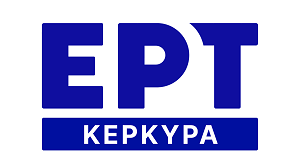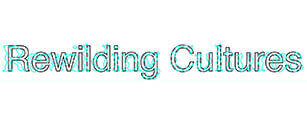The presentation is part of a broader research and art project under the auspices of the Hub of Arts Laboratory (HAL) of Ionian University. In this paper, we want to bring into focus the interrelated notions of immersion, agency and in-betweenness, set in the context of contemporary technological advances and artistic creation. While these concepts are not new, the emergence of new technologies in arts begs for further discussion and redefinition. According to Janet H. Murray, immersion is “the sensation of being surrounded by a completely different reality, as different as water is from air, that takes over all of our attention, our whole perceptual apparatus” (1997: 99). For Marie-Laure Ryan “fictional recentering” is described as: “consciousness relocates itself to another world and . . . reorganizes the entire universe of being around this virtual reality” (2001: 103). Erkki Huhtamo defines immersion as a “cultural topos” (1995: 260).
Contemporary art creates fluidity and blurs the borders between physical and fictional worlds while new types of passages and ways of immersion are created. Ágnes Pethö notes that the most important is “…what happens through the in-betweenness of media and what is the agency of in-betweenness in our contemporary multimedia environment. Besides the analysis of new configurations, we should also examine what is inscribed and communicated through various intermedia relations and what new types of passages are established in between art and life, in-between the emotional, spiritual and the material, as well as the imaginary and the real, and so on.” (2018: online). Considering the transformative nature of art per se, crossing the border and communicating with an artwork is always an act of agency as the audience decides to embark on the adventure. Paraphrasing Katsaridou (2023: 34), a world of art is a ‘real’ world, both familiar and unfamiliar to the audience. It is a world that might exist here and there, somewhere and maybe nowhere at the same time, a liminal space, as this is first defined by the anthropologist Victor W. Turner (1967) and then used by numerous scholars to describe an ‘in between’ place, a ‘doorway’ to something else. In other words, it is the world of adventure, which exists but is invisible to us until the artist allows us to enter it.
In order to address the aforementioned issues of immersion, agency and in-betweenness, this paper analyses, as a case study, the Interactive holographic Installation Prime Unmoved Mover (Tiligadis, 2023) by applying a semiotic and interarts methodology. Tiligadis uses contemporary digital holography and audio interaction using presence sensors. The installation’s title refers to the Aristotelian concept of the “prime unmoved mover”, its nature and its relation to the world regarding the question of creation, providence, and knowledge. In Book IX of his Physics and Book XI of his Metaphysics, Aristotle discussed the perpetual movement of the world. He attributed its beginning to the “prime mover”, who is beyond time.
He is not interested in the world, even though he knows the world, but most importantly, he is not the creator of the world. This reference, expressed in the interactive installation, provides an additional layer on discussing “other” worlds (the natural vs spiritual-transcendent world) and on the art immersion, in-betweens, borders and passages.
References
Huhtamo, Erkki. (1995). Encapsulated Bodies in Motion: Simulators and the Quest for Total Immersion. In: Penny, Simon (ed.). Critical Issues inElectronic Media. Albany, NY: State University of New York Press. p. 159-86.
Katsaridou, Maria (Ilia). (2023). Sylvain Chomet’s Distinctive Animation: From the Triplets of Belleville to The Illusionist. London: Bloomsbury Academic Publishing
Murray, Janet H. (1997). Hamlet on the Holodeck: The Future of Narrative in Cyberspace. New York: The Free Press.
Pethö, Ágnes. (2018). Intermediality Now: Remapping In-Betweeness. Online. https://necsus-ejms.org/intermediality-now-call-for-papers/ Last accessed: 20 March 2023.
Ryan, Marie-Laure. (1999). Immersion vs. Interactivity: Virtual Reality and Literary Theory. SubStance, 28(2), 110–137.
Back














